Through my program, I had the very unique opportunity of traveling to Iquitos: a large city near the Amazon River that is completely inaccessible by car. This trip was designed to give us insight into the healthcare systems of unique communities where location, cultural differences, and environmental factors create disparities to healthcare access
When I got off of the plane at the Iquitos airport, I immediately felt a wave of heat and humidity spread across my face. We were in a completely different environment than Lima and I was very eager to learn more about the communities lining the Amazon River. Walking through the streets on the way to our hotel, we passed through bustling streets of vendors selling delicious fruits and frozen treats to ward off the hot, summer day. Motor taxis and motorcycles filled the streets and endless rows of fresh fish lined the side-walk, ready to be bought after the morning catch.
Researching Traditional Healing Methods
For our first excursion into Iquitos, we visited an EsSalud Research Center for traditional medicine to learn how plant and herb healing are being used for medical and scientific advancements. We walked through the botanical gardens of this center and learned about dozens of unique plants and the lengthy list of positive effects each plant has for health and healing.
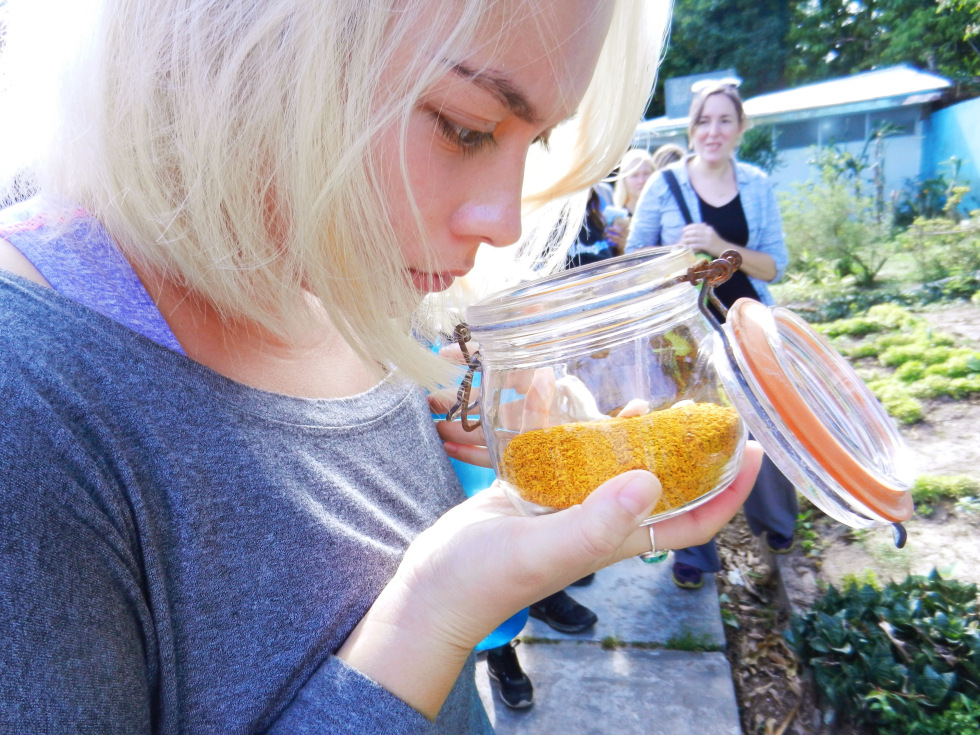
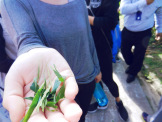

Many of these plants and herbs we had seen being sold in the markets in Iquitos where these plants are used regularly by local Peruvians. An agricultural engineer from the center let us smell and taste many of these plants that most of us had never even heard of. He let us taste mint that can be used as a sweetener for diabetics, and a spicy flower that made your lips tingle and is used as a numbing cream for both internal and external uses. We smelled all sorts of different spices that can have medical effects on cardiovascular diseases, diarrhea, and even cancer. Throughout the tour the agro-engineer also explained how many of these plants are researched, tested, and produced in commercial packaging to be sold in pharmacies.
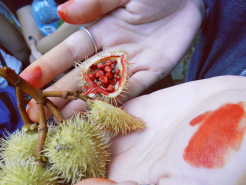
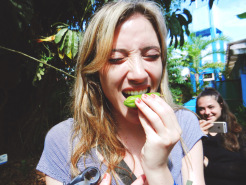
This unique experience revealed the collaboration of traditional practices and modern research as a form of creating new and accessible treatments and preventative medicines. Before we left the center, the agro-engineer emphasized that every modern medical advancement, once originated from research done on plants. I was amazed to see how nature is full of miraculous surprises and there’s no denying that there are still many possible treatments and cures to be discovered.
Tele-Medicina at the Ministry of Health
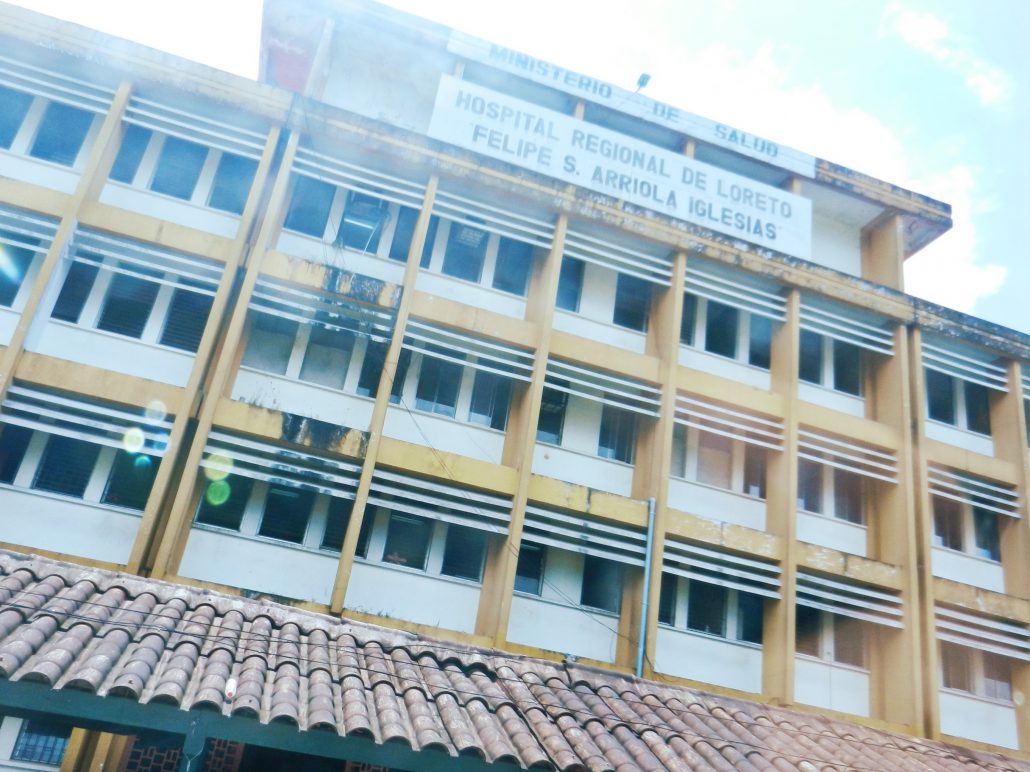
The ministry of health provides care for approximately 70% of the Peruvian population. In Iquitos, a ministry of health hospital is the designated treatment center for the entire Loreto Region which has a population of almost a million people. This single healthcare center provides care for around 2,500 people a day. Beyond what the numbers say, during my trip to Iquitos, it became very apparent to me that healthcare access and treatment are very limited. Our program had the opportunity to visit the Ministry of Health Hospital in Iquitos and we learned about many ways that these healthcare providers are working tirelessly to provide quality healthcare to as many people as possible.
When we arrived at the hospital we were introduced to the Director of Public Relations. However, this job title certainly does not encompass the many tasks that this man takes one to try to constantly help the people of Iquitos. He began with a tour that showed us all of the various units within the hospital offering a wide range of care options from neonatal care, to burn treatment, to dialysis, and psychiatric treatment. Along the way we began to see the improvements and reconstruction that this hospital was taking on. New sections of the building had recently been renovated to allow for more advanced care for a larger population of patients.
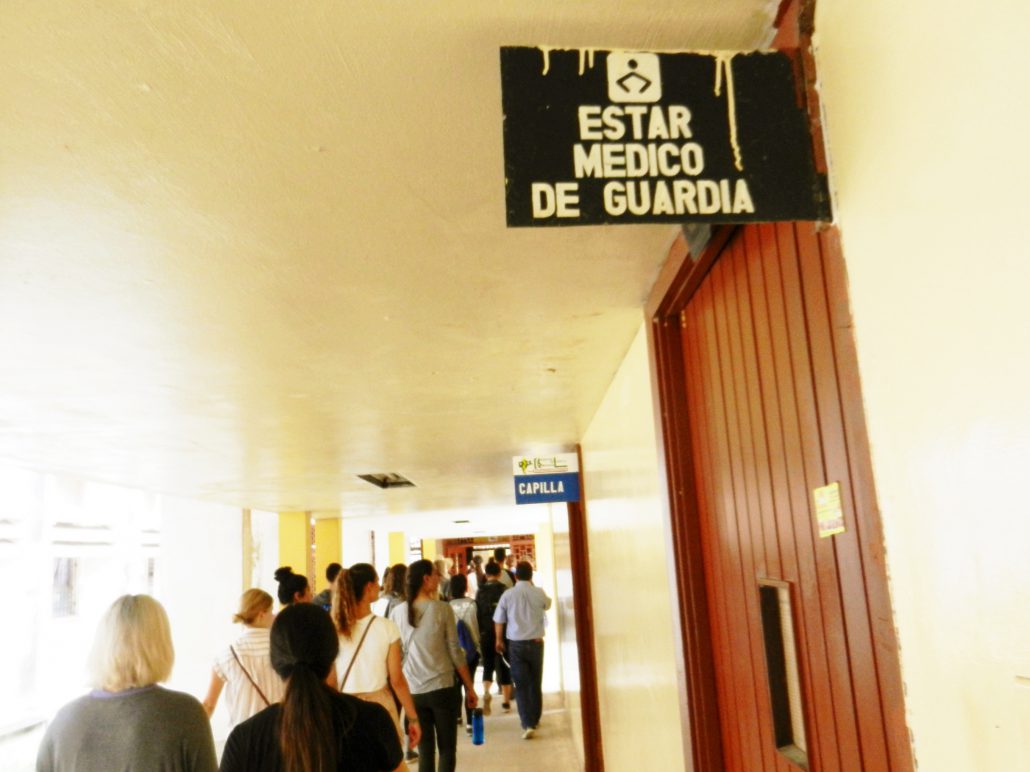
We visited the Tele-Medicina office were the hospital has implemented video and telephone technology as a means to diagnose, consult, and treat patients in remote areas. Additionally, doctors from Lima and around the world can also communicate with health posts and hospitals surrounding the Amazon river. Many families must journey up to 5 days to reach this hospital. Because of the expenses and length of these journeys, sickness has often progressed very severely by the time individuals will make the journey to the hospital. For this reason, the Tele-Medicina intervention is used to try to diagnose patients earlier and lessen the need for traveling such far distances.
Unfortunately, however, many patients will not be able to receive all of their care in Iquitos and so for further treatment they have to fly out to Lima. The Director of Public Relations explained to us the many difficult decisions that families must make when faced with the cost of travel and having to separate families to receive care. The director that we spoke to was one of the many hidden advocates for patients that are unable to receive care for reasons beyond their control. Limited funding and poverty lead patients stranded as they have no way of paying for the treatment that they need. The director that we met works constantly with social workers, NGO’s, community members, or individual donors to try to pull together the funds to help patients in his hospital.
This hospital served as the only form of healthcare for a far larger population than the resources could provide for. Furthermore, patients must face difficult travels and expensive care while battling illness and disease. With persistent efforts to innovate this hospital and advocate for patients, I was inspired to see the ways that these healthcare workers dedicated their energy towards looking out for their patients in Iquitos.
Isolated Health Posts in the Amazon Rainforest
Iquitos is surrounded by dozens of small, isolated communities that utilize the resources from the river and rainforest in their daily lives. These communities are often very remote and use small health posts as their only access to healthcare. For our final visit in Iquitos, our program journeyed to one of these health posts in the rainforest.
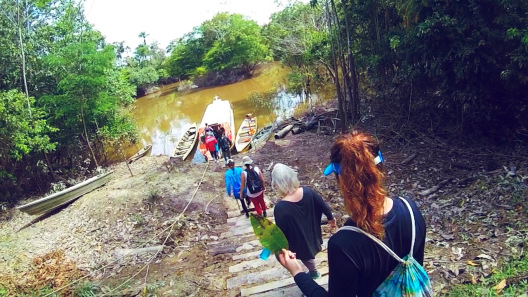
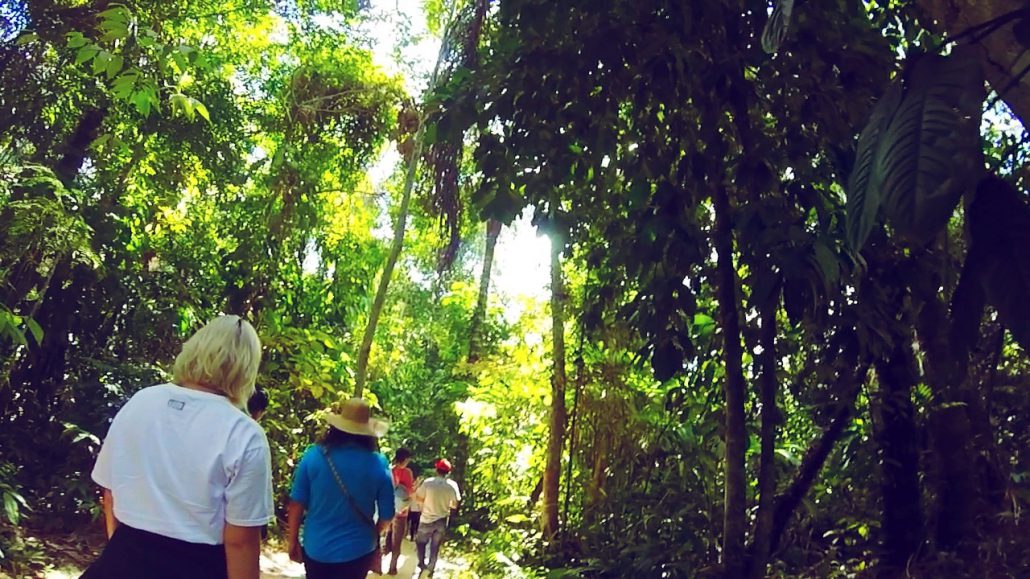
All of the students from my program huddled into long wooden boats as we weaved along the Amazon River passing fisherman as they dove into the water with large nets and local families as they washed their clothes and cooked by the river. We arrived at a community where rice, plantains, and pineapples farms surrounded the outskirts of the town. Immediately we were greeted by one of a nurses from the health post. This nurse, a midwife, and a medical technician were the only staff that served this community and 14 other villages in nearby areas. It was a very eye-opening experience to hear about the countless barriers this facility has to overcome to provide the best possible care they can manage under their given circumstances.
Limited supplies, delayed governmental funding, complicated local customs, and difficulties in reaching isolated communities were merely some of the many different aspects that these workers had to take into account. Many of the community members never see a doctor throughout their lives and immunization levels for children are a constant concern. Through home visits and education this health post has worked on increasing immunization rates however there are far more isolated communities that are unreached by the limited resources of health posts such as the one we visited.

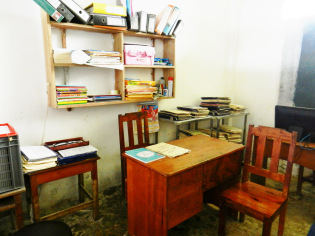
This community faces issues of malnutrition, stunting, maternal morbidity, tuberculosis, diarrheal diseases, and adolescent pregnancy. I was genuinely impressed to find that despite this long list of health concerns and barriers the healthcare workers at this post were extremely dedicated and driven to continue to improve the health of the community they served. Not only were they helping their patients with medical treatment, but they also worked to create a pleasant environment where community members could seek help and care.
It is very difficult to explain the disparities and barriers that these river communities face in accessing healthcare. With such unique environmental factors, economic restraints, and limited resources, I could feel the great need for better healthcare accessibility. The healthcare workers left a genuine impact on me as I saw the relentless efforts that they put forth to improve the quality of life in these communities. Every healthcare center that we visited in Iquitos was working towards broadening their scope of care, no matter how difficult that may be.
Mika Nagamoto studied abroad in Lima and Iquitos, Peru, in summer 2018: https://ieo.ucla.edu/travelstudy/GlobalHealth-Lima/



